Research Groups in
Economy and Environment
Ecological Rehabilitation of Damp Masonry
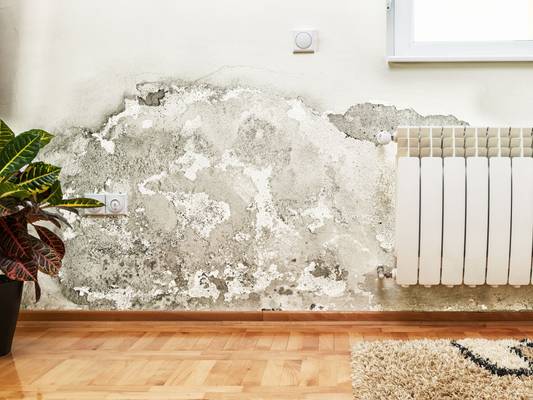
Leader: doc. Ing. Karel Šuhajda, Ph.D.
The research group has long been involved in basic civil engineering with a focus on substructures, especially building waterproofing and roofing as well as wood-based structures. A significant proportion of the research is focused on sustainable construction, particularly on the rehabilitation of wet building structures. Specifically, the use of microwave radiation in construction and its effect on building materials and structures as well as its use for sterilisation of biotic pests. Another part of the research is devoted to the design of new wall compositions of wooden buildings from the point of view of fire safety.
Prefabricated floor element, 309509, patent, 2023
CEMVIN: prototype of a timber building envelope using cement fibre boards
CEMVIN: vertical internal walls using fibre cement boards
Building Physical Evaluation of Structures
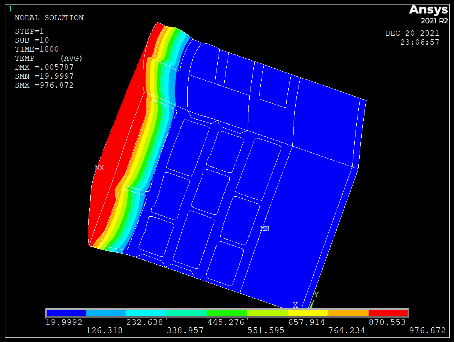
Leader: doc. Ing. Miloš Kalousek, Ph.D.
Main research topics are design, calculations in the field of thermal engineering of buildings, simulation of heat, moisture and fire propagation in 3D environment and reduction of energy consumption of buildings. He works on multi-physics design (heat, fire, stress and acoustics) and evaluation of building structures at high temperatures. He also assesses building facades, roofs and infill openings.
Contact system for suppression of thermal bridges in buildings, 308263, patent, 2020
Functional sample of a passive thermal bridge window heater. FAST BUT building, Veveří 95, Brno
Life Cycle Assessment of Buildings
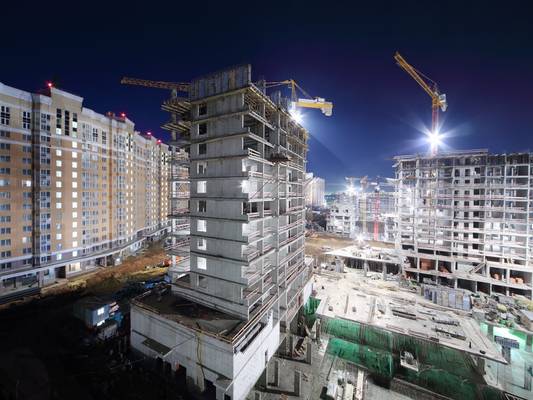
Leader: Ing. Karel Struhala, Ph.D.
The group focuses on teaching, development and application of Life-Cycle Assessment (LCA) methods in the field of construction: assessment of environmental impacts of buildings, building materials and products. The outputs are applied in the development of new materials and structures, creation of Environmental Product Declarations (EPDs), carbon footprint assessment and ESG reporting of companies and multi-criteria assessment of building quality (e.g. SBToolCZ). The team works in an international context and collaborates with other organisations working on sustainable construction in line with international commitments.
ATTIA, S.; KURNITSKI, J.; KOSIŃSKI, P.; BORODIŅECS, A.; DEME BELAFI, Z.; KISTELEGDI, I.; KRSTIĆ, H.; MOLDOVAN, M.; VISA, I.; MIHAILOV, N.; EVSTATIEV, B.; BANIONIS, K.; ČEKON, M.; VILČEKOVÁ, S.; STRUHALA, K.; BRZOŇ, R.; LAURENT, O. Overview and future challenges of nearly zero energy building (nZEB) design in Eastern Europe. ENERGY AND BUILDINGS, 2022, roč. 267, č. 112165, s. 1-17. ISSN: 0378-7788.
STRUHALA, K.; OSTRÝ, M. Life-Cycle Assessment of Phase-Change Materials in Buildings: A review. Journal of Cleaner Production, 2022, roč. 2022, č. 336, s. 1-21. ISSN: 0959-6526.
STRUHALA, K.; OSTRÝ, M. Life-Cycle Assessment of a Rural Terraced House: A Struggle with Sustainability of Building Renovations. ENERGIES, 2021, roč. 14, č. 9, s. 1-18. ISSN: 1996-1073.
Energy Flexible Buildings
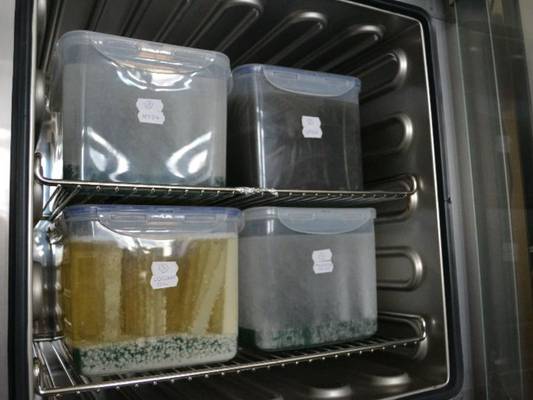
Leader: prof. Ing. Milan Ostrý, Ph.D.
The scientific activity of the group is focused on the field of building thermal engineering and energy performance of buildings. The two main key areas are the reduction of operational energy consumption and the increase of energy flexibility of buildings using the thermal storage capacity of building structures. Researchers have long been involved in research on heat accumulation during changes of state and how it can be integrated into building structures and building systems to increase their energy flexibility and thermal stability. Currently, the environmental assessment of heat storage materials is also the subject of research.
Compatibility of plastics and metals with latent heat storage media for integration in buildings
Modelling of Heat and Substance Transfer in Buildings and Building systems
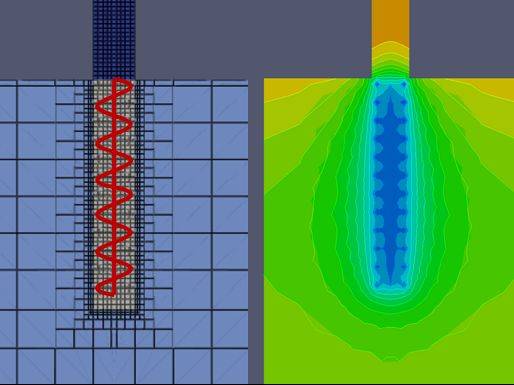
Leader: prof. Ing. Ondřej Šikula, Ph.D.
The long-term goal of the group's research activities is to maximize energy savings in buildings, to use renewable energy sources, to optimize the indoor climate of buildings and to increase the energy security and self-sufficiency of our society. The group focuses on computer modelling and simulation of heat and substance transfer in buildings, building components and building systems, development and validation of in-house computational models and simulation software. The current topic is the use of thermally activated building structures (typically in the form of large-scale radiant systems) for the creation of the indoor environment of buildings and the application of thermally activated building foundations to harness the energy of the building sub-floor and use it for heating and cooling - the CAMEB Epilot project.
Computational software Epile 2.0 for modelling thermal-hydraulic behaviour, foundation energy piles.
Prediction, Design and Assessment of Indoor Environment of Buildings
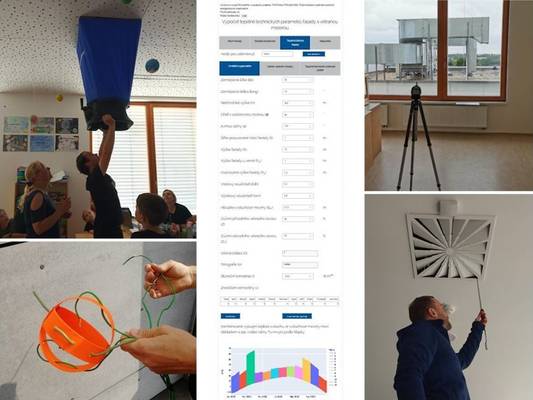
Leader: prof. Ing. Aleš Rubina, Ph.D.
The research group deals with the issue of indoor environment in buildings designed for human residence or for operation of demanding production technology. It carries out diagnostics of the environment in operating buildings, monitoring a wide range of parameters - from thermal and humidity microclimate, to air cleanliness, to monitoring microbiological factors. Using modern instrumentation, it performs diagnostics of building technical equipment systems (TZB), performance parameters of installed equipment and their subparts (fans, filters, heat exchangers, pumps), including detection of faults and proposal of measures to correct them or increase comfort or efficiency of operation. For the application sector, it creates web-based tools for the design of technical equipment or building elements in special cases for which there is no conventional commercial software. It predicts the indoor environment of buildings by solving mathematical models using its own programs or external CFD software.
FSVM software 2.0; FSVM software 21.0 – program for calculation of thermal technical parameters of facade with ventilated gap in cooperation with ILTEGRO spol. s r.o.
OK Vent: Design software for silencers
Experimental Research on Heat and Mass Transfer, Heat Exchangers
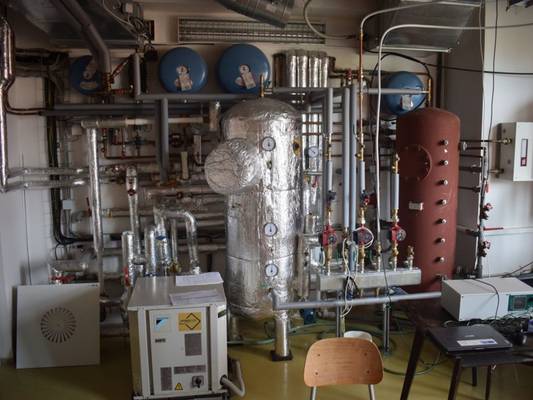
Leader: doc. Ing. Petr Horák, Ph.D.
The group is mainly engaged in experimental activities in the field of heat and mass transfer with a focus on heat exchangers and properties of heat transfer agents for applications in HVAC systems and industry. It verifies scientific hypotheses using modern laboratory equipment of the Institute of HVAC. It also focuses on the development and validation of heat and cold exchangers, both traditional designs and materials and new exchangers produced using 3D printing. The group is also currently investigating new types of refrigerants and machine cooling issues.
Heat exchanger, 32502, utility model, 2019
Cross air-to-air heat exchanger made by 3D printing technology, Institute of HVAC, functional sample
Protection of Waters Against Pollution by Micropollutants and Nutrients
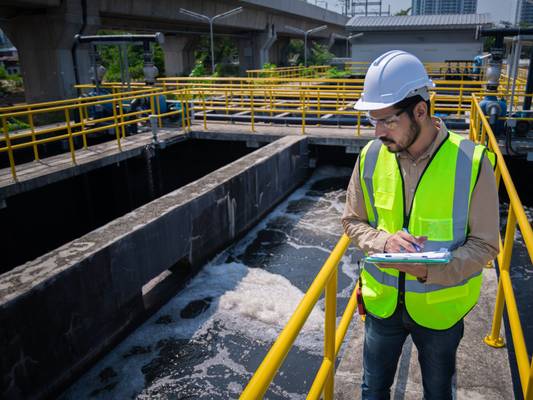
Leader: doc. Ing. Jitka Malá, Ph.D.
The group's activities are focused on the protection of natural waters, especially in vulnerable areas. Currently, it is involved in research on the use of denitrification bioreactors for simultaneous removal of nitrogen and emergent micropollutants from drainage water in situ.
Sustainable Water Management in the Landscape
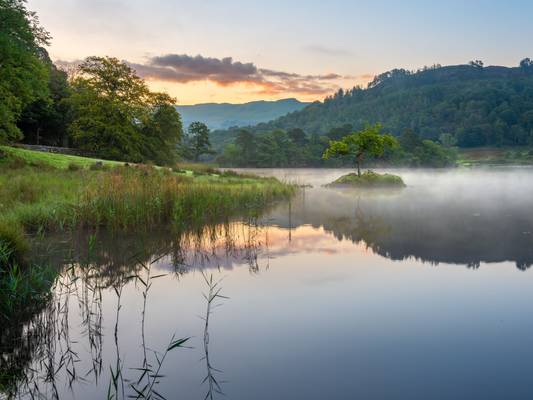
Leader: doc. Ing. Daniel Marton, Ph.D.
The scientific focus of the team is mainly related to the research of water cycle in the landscape, both from a global and local perspective. Landscape water management and its adaptation to climate change is interwoven into a range of hydraulic, hydrological and climatological processes in the catchment, which form an integral part of the research work. Members of the group, within smaller teams, focus on rainfall-runoff modelling, catchment runoff management, hydropedology, land management, small reservoir design, stream and landscape revegetation, drainage, irrigation. They also deal with natural methods of wastewater treatment, especially in the field of intensification and technical modifications to ensure the best possible results together with acceptable operating costs.
ADAPTAN II – Integrated approaches for adaptation of the Moravian-Silesian Region to climate change, EEA and Norway Grants 2014-2021, Bergen Call, 2021-2024.
SEDECO - Sediments and ecosystem services in interaction with floods and droughts in the AT-CZ border area, Interreg V-A Austria-Czech Republic, 2016 -2022.
Methodology for the protection of agricultural soil against erosion - compliance with Decree No. 240/2021 Coll. and with the standards of DZES MZe.
WWTP in the village of Hlína, which was awarded the title of South Moravian Construction of the Year 2022 in the category of Water Management and Ecological Construction and the Water Management Construction of the Year 2022 award.
prof. Ing.
Ondřej
Šikula
Ph.D.
Research Theme Coordinator Economy and Environment